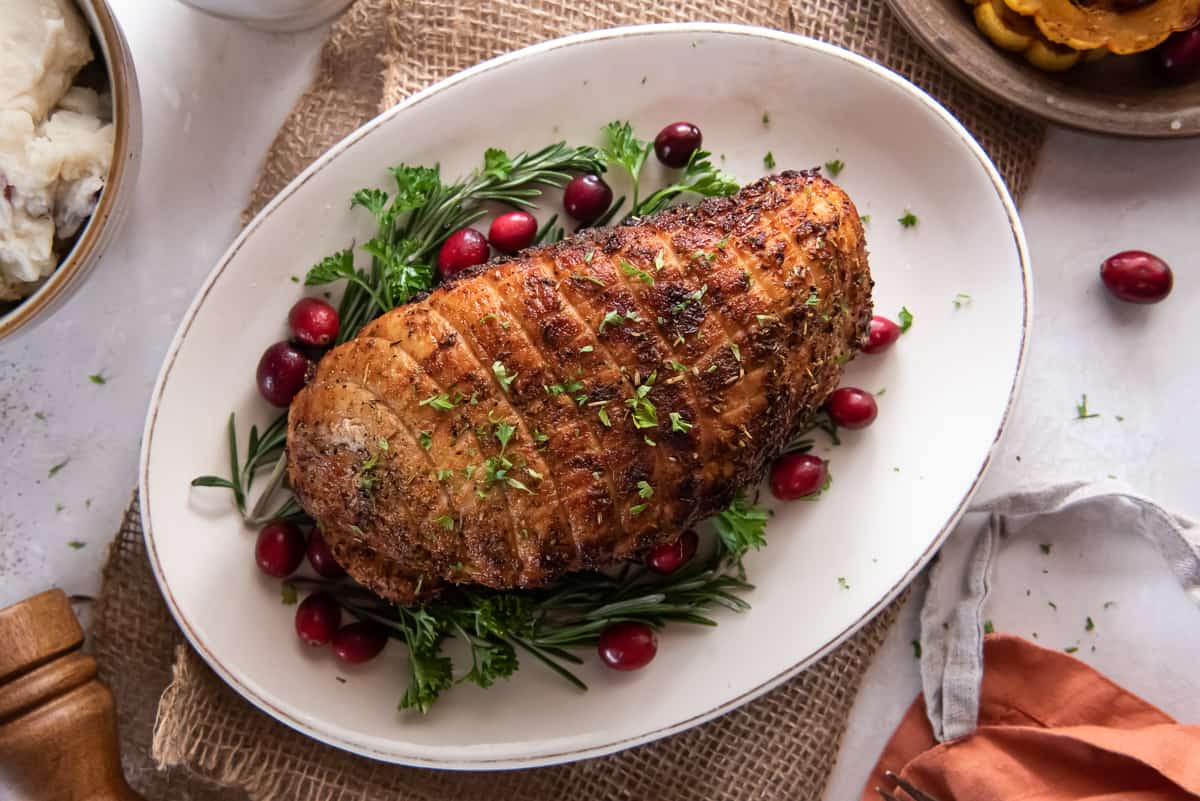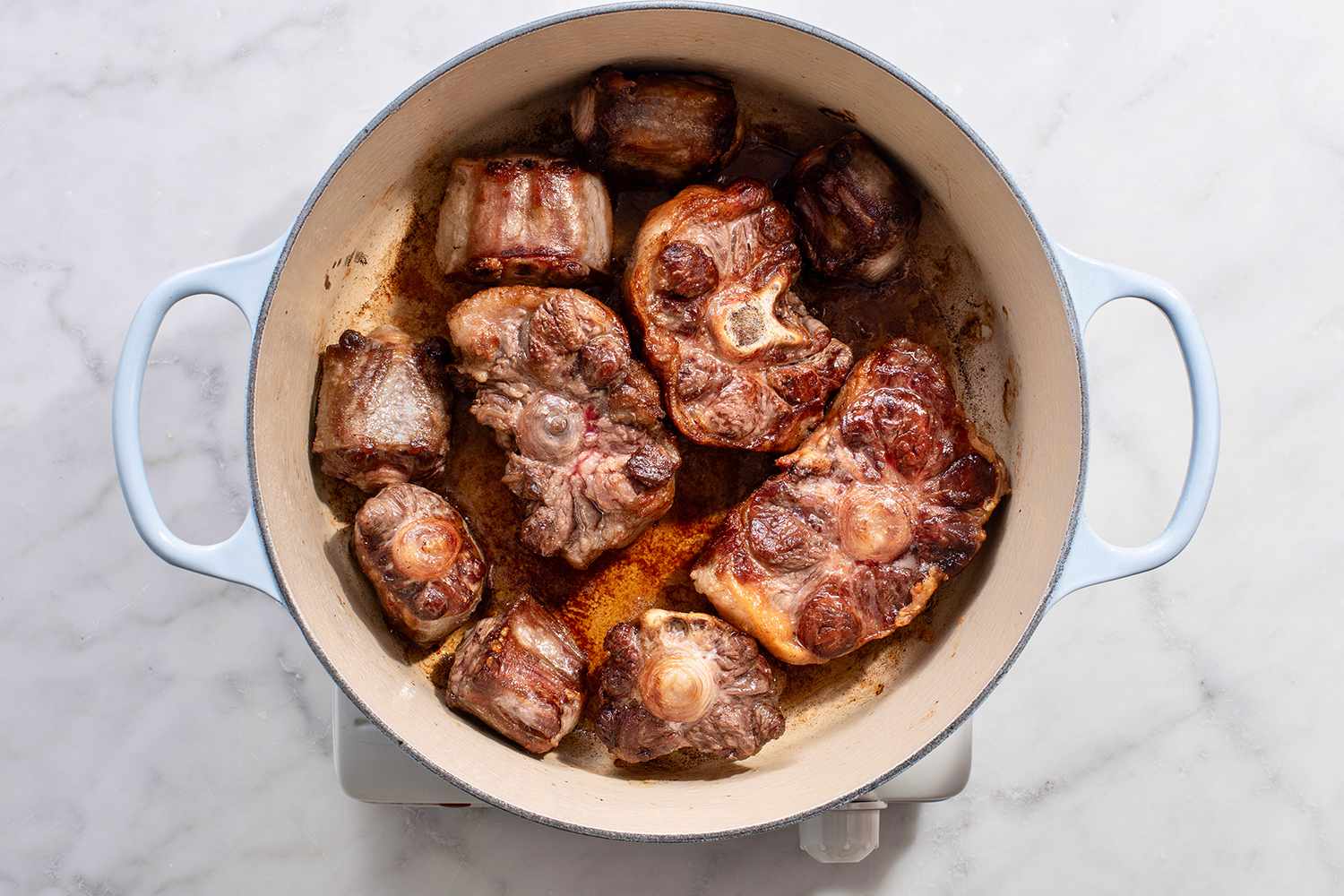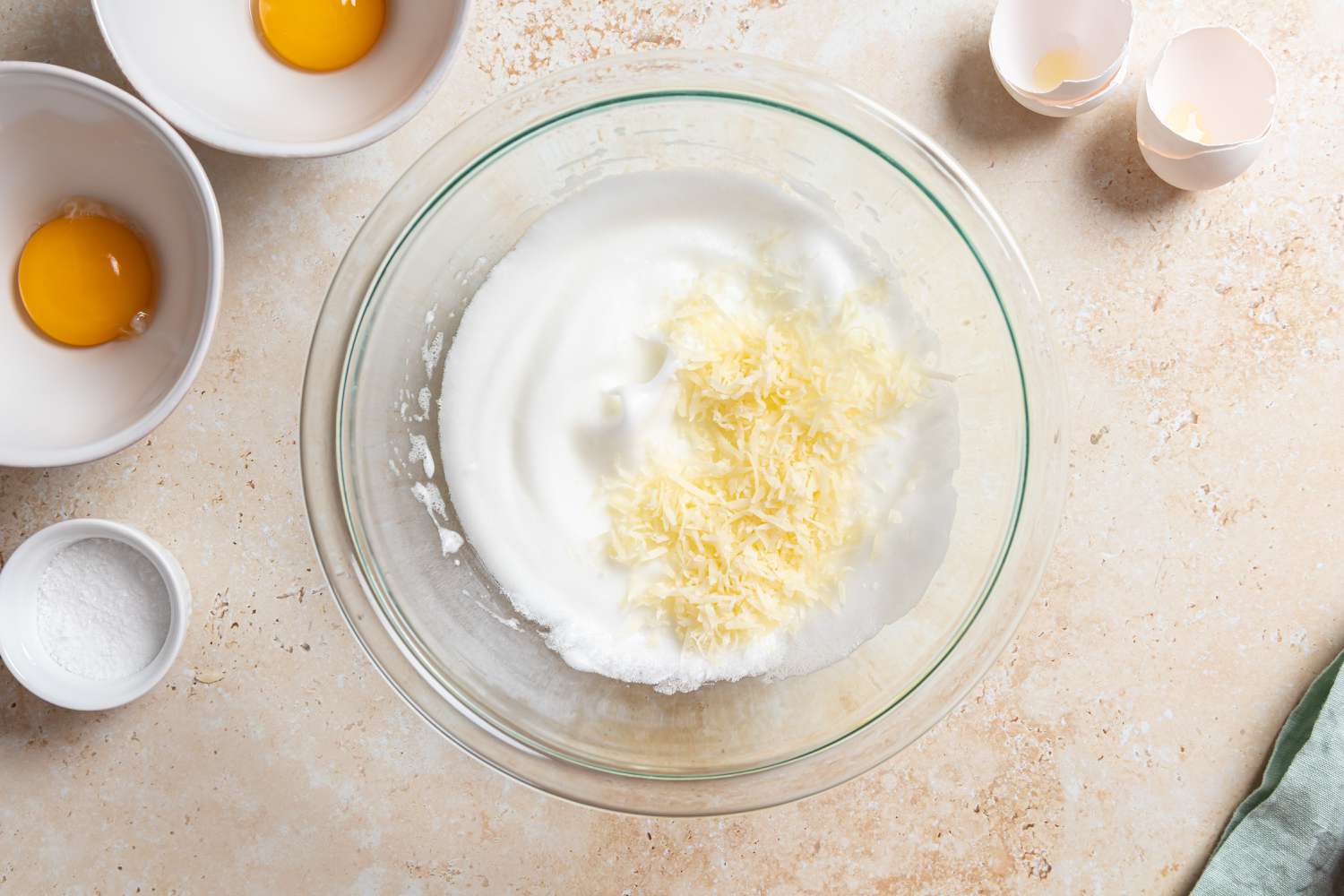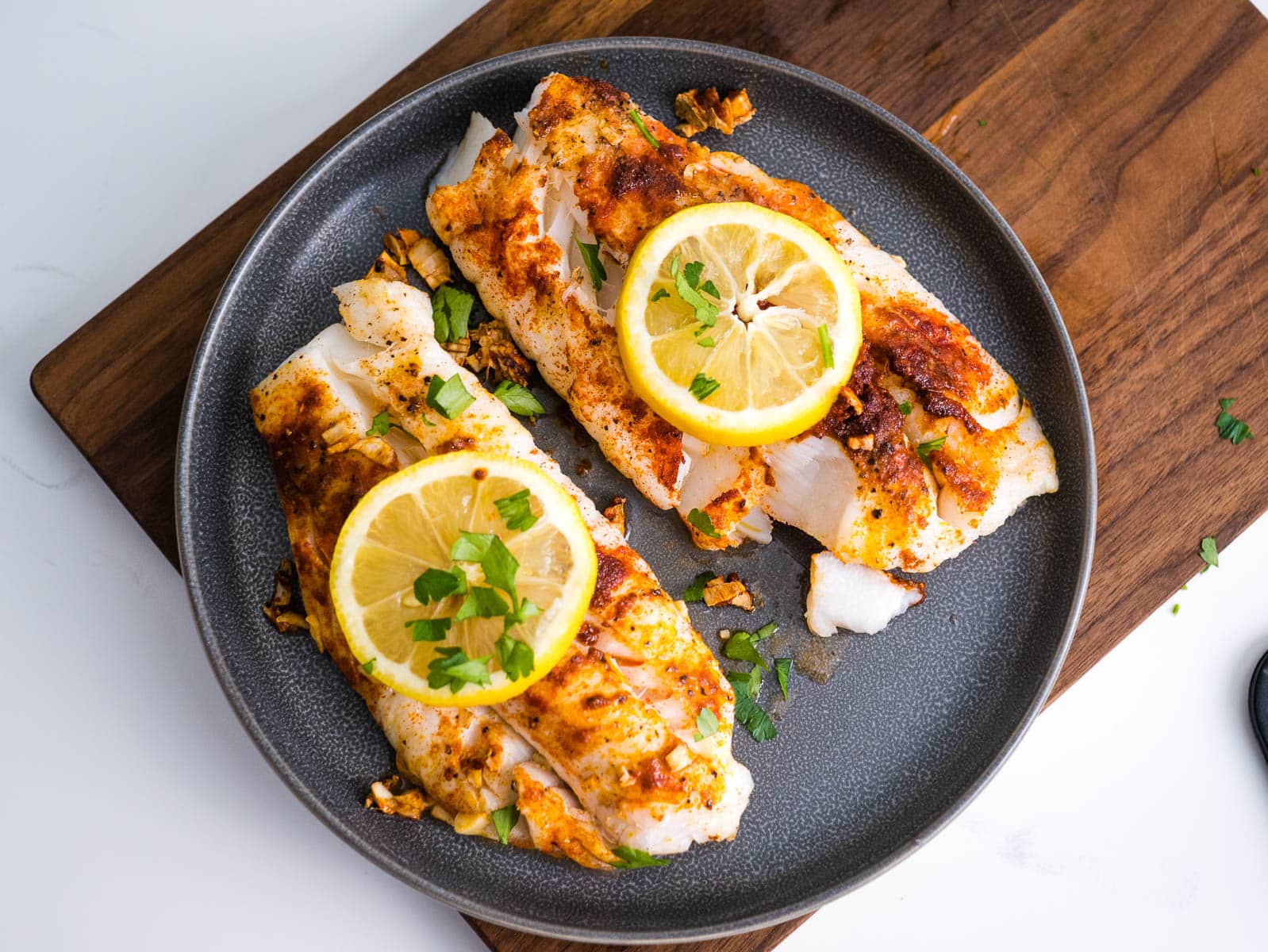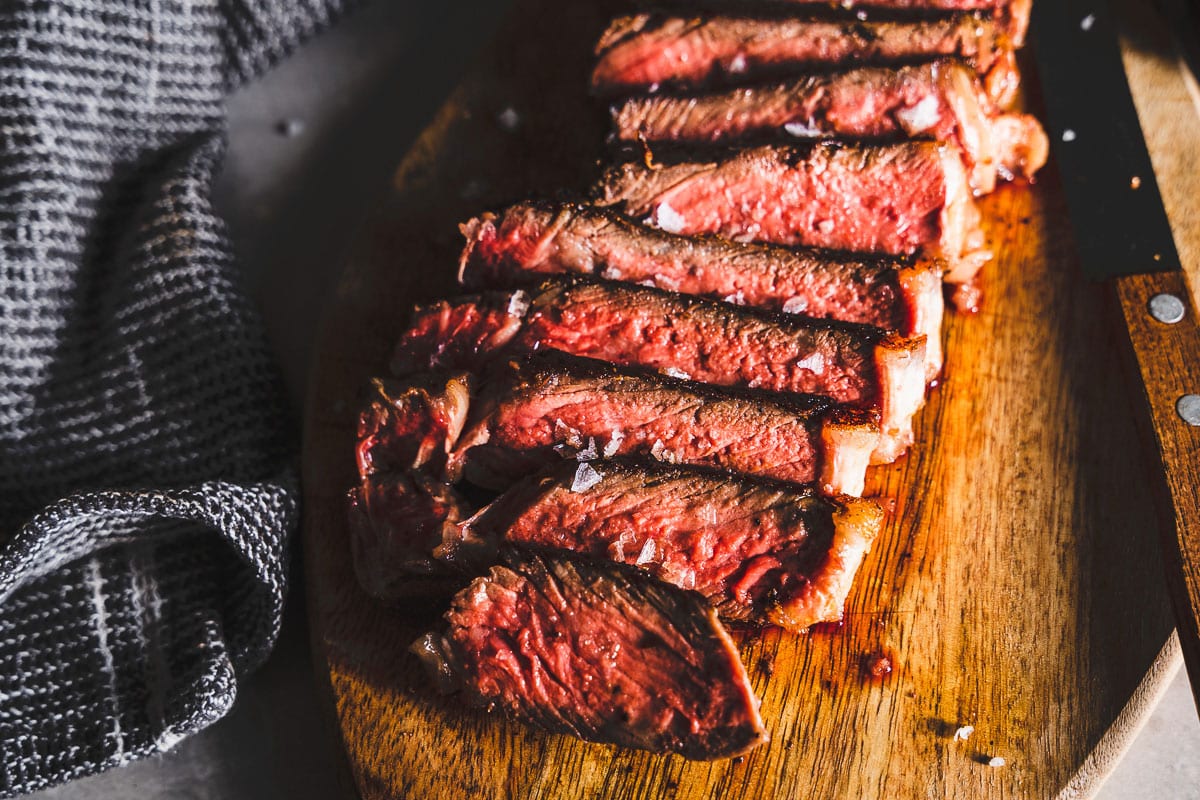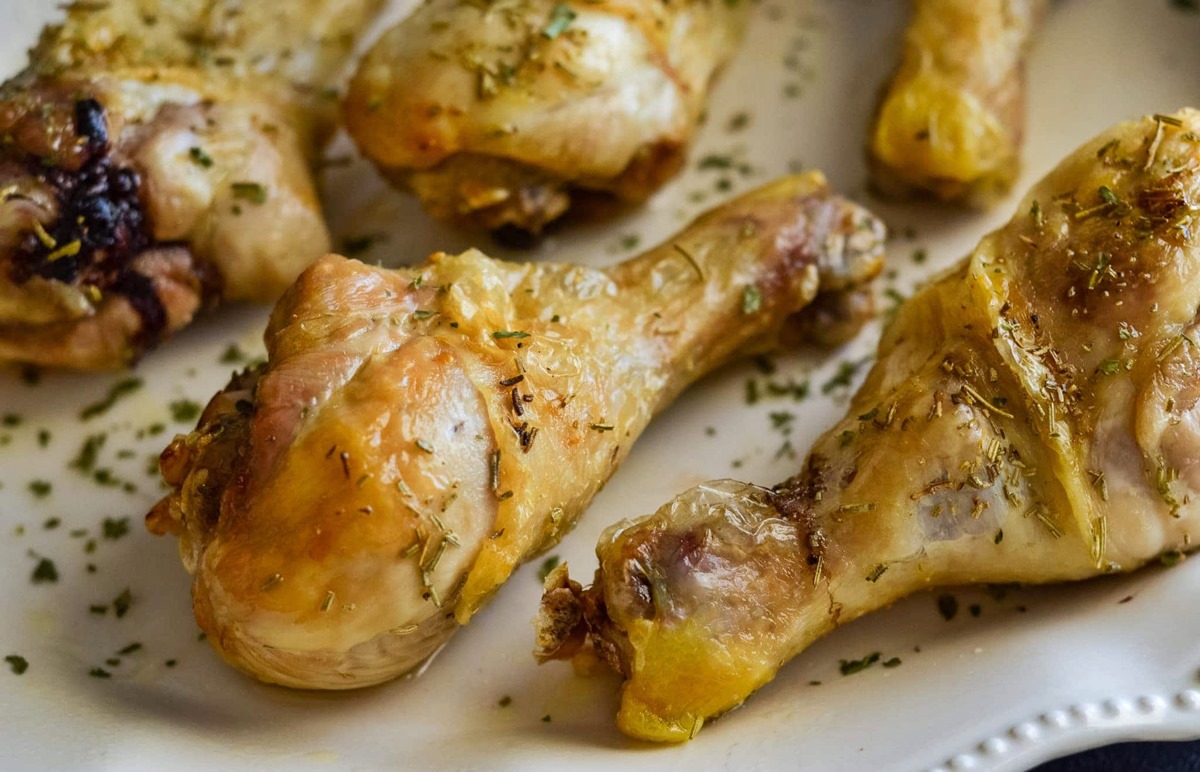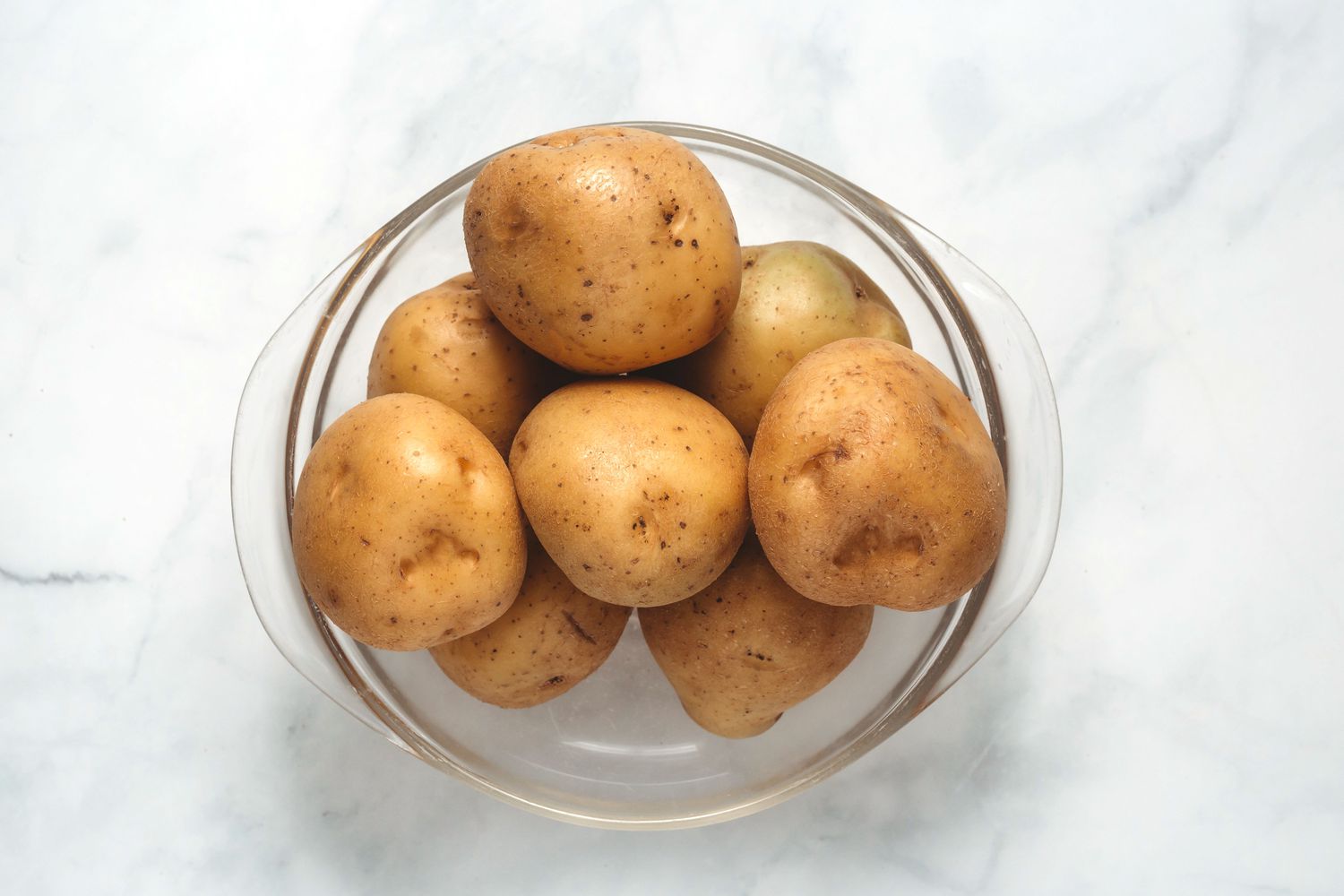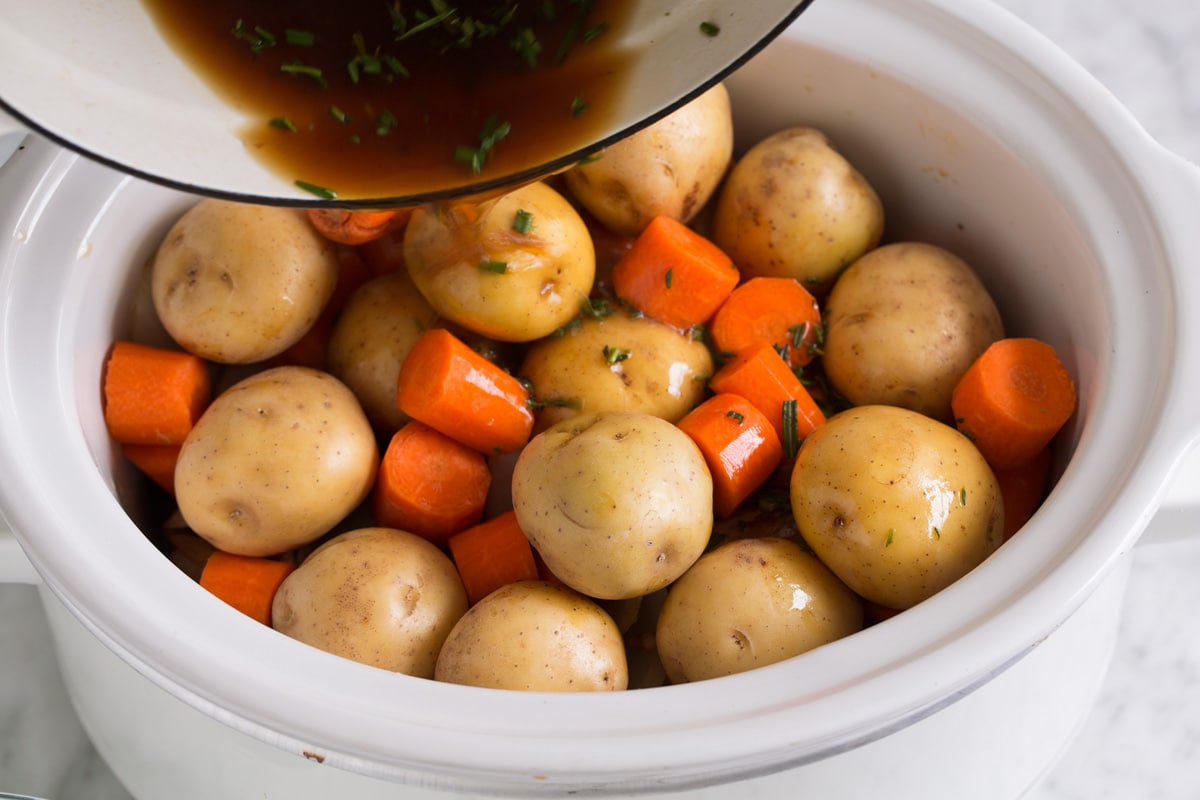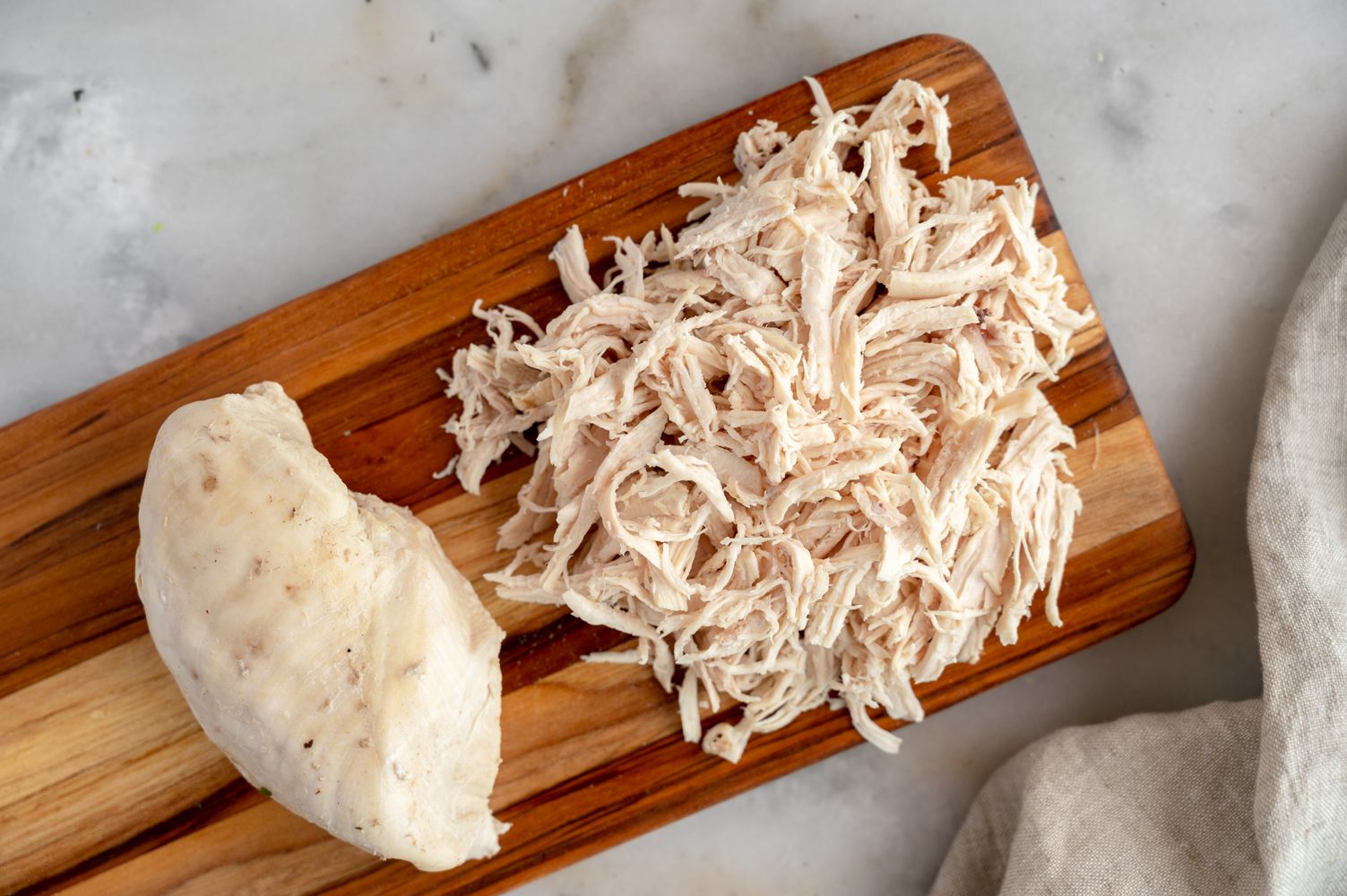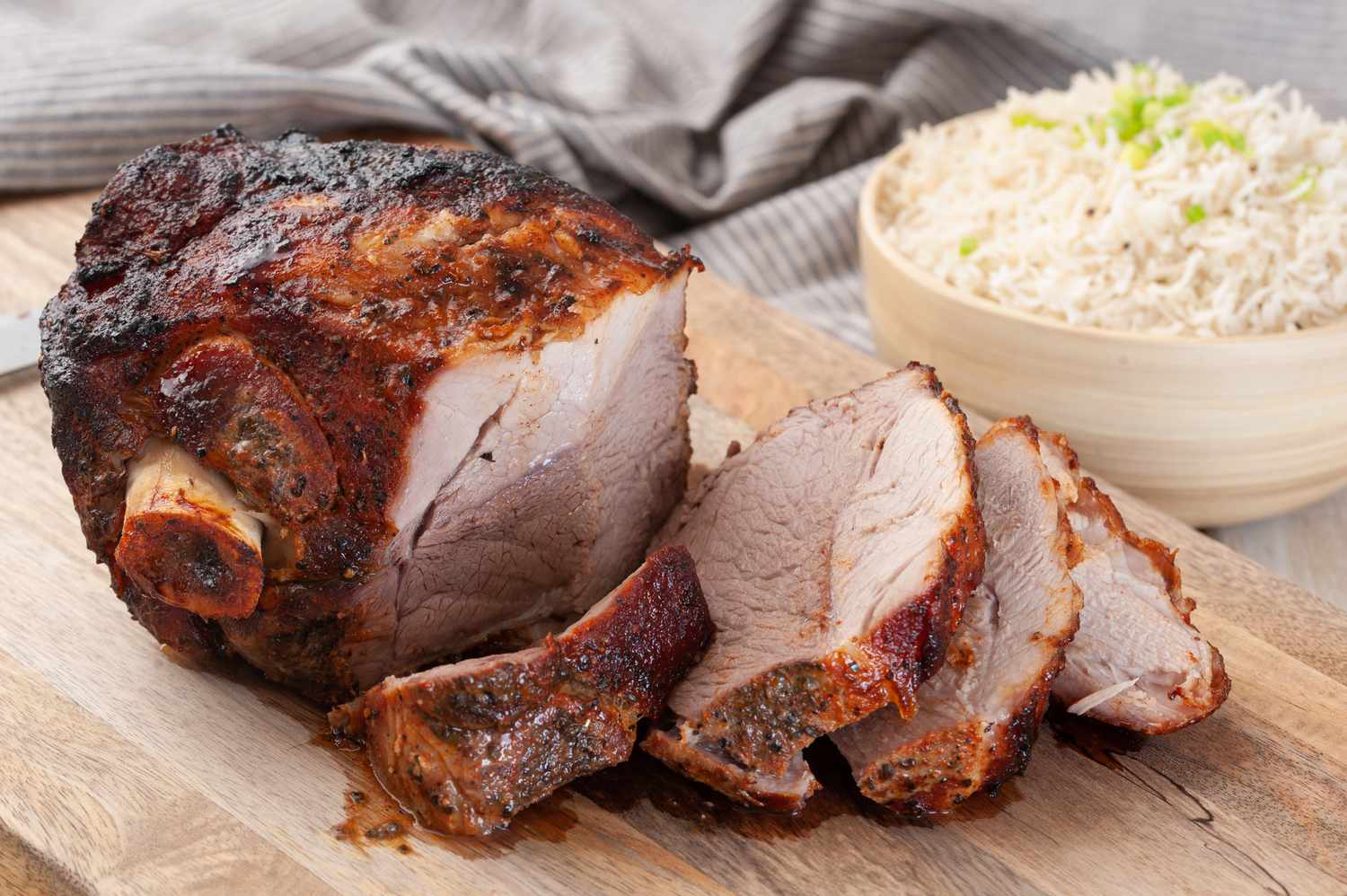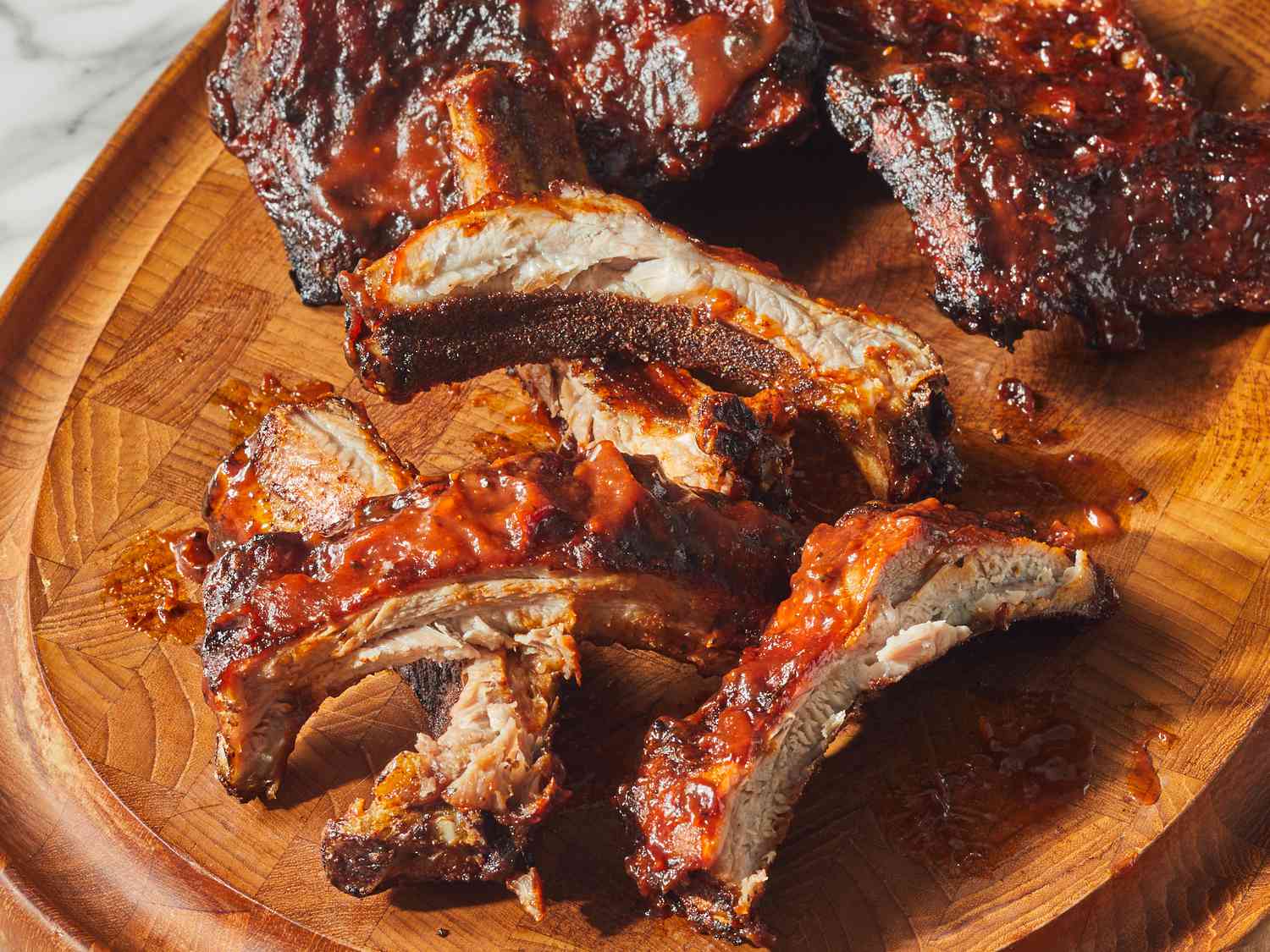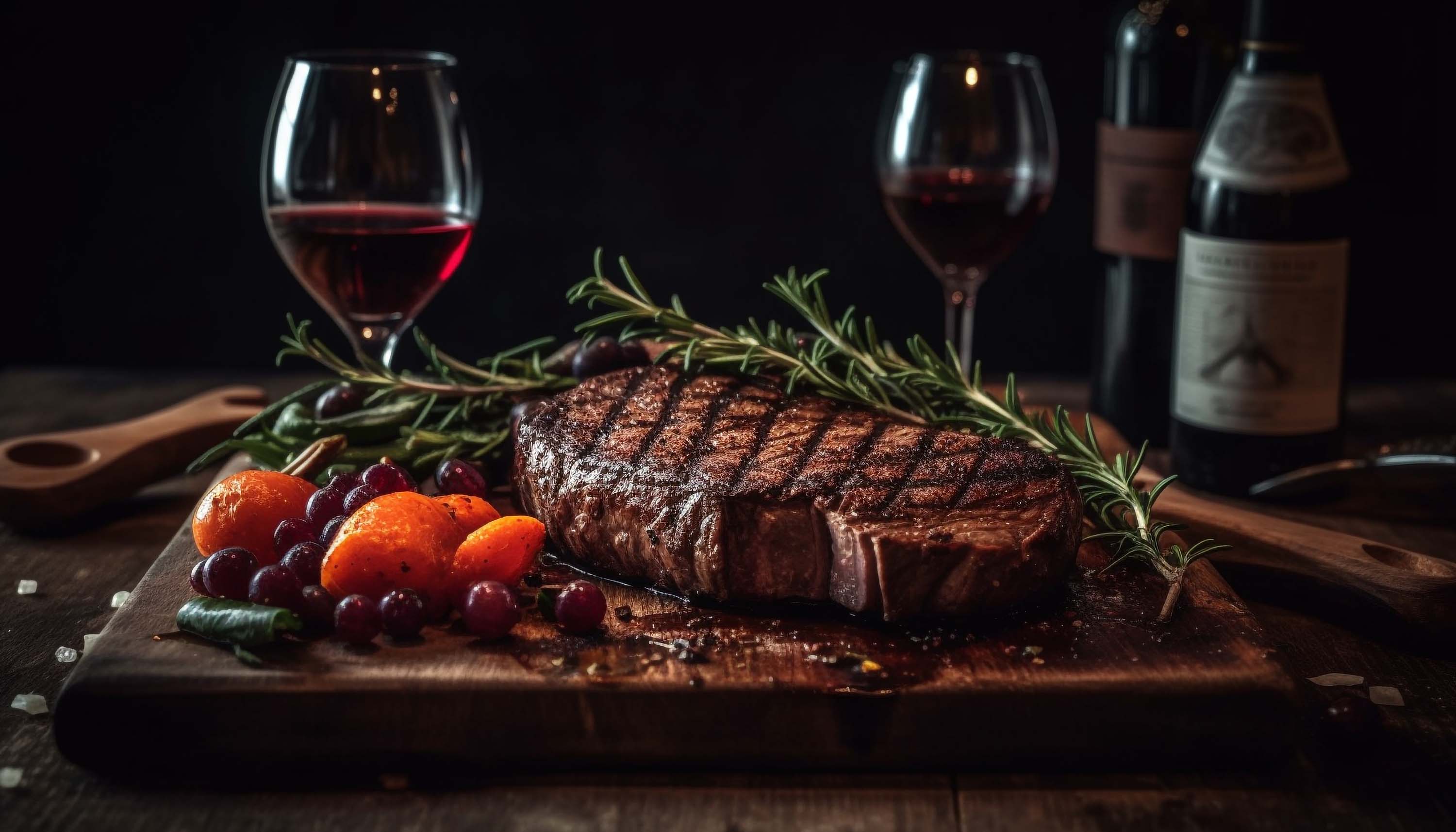Cooking a whole small chicken might seem intimidating at first, but it's actually simpler than you might think. This culinary adventure requires minimal ingredients and preparation, transforming a basic bird into a mouthwatering meal. Whether you're aiming for a crispy skin or juicy meat, mastering the art of roasting a chicken opens up endless possibilities for flavors and side dishes. Perfect for a cozy family dinner or a special occasion, learning to cook a whole chicken is a skill that pays off in delicious dividends. Let's get started on this journey to creating a succulent, perfectly roasted chicken that will impress anyone who tastes it.
Gather Your Ingredients
- 1 whole small chicken (about 3-4 pounds)
- Salt and freshly ground black pepper
- 2 tablespoons olive oil
- 1 lemon, halved
- 4 cloves garlic, smashed
- Fresh herbs (such as rosemary, thyme, and parsley), optional
Essential Cooking Tools
- Roasting Pan: Essential for catching drippings and ensuring even cooking.
- Meat Thermometer: Critical for checking the internal temperature to ensure the chicken is cooked safely.
- Kitchen Twine: For trussing the chicken, which helps it cook evenly.
- Sharp Knife: Needed for carving the chicken once it's cooked.
- Cutting Board: Preferably one dedicated to raw meats, to avoid cross-contamination.
- Basting Brush: Useful for applying marinades or butter to the chicken as it cooks.
- Aluminum Foil: Handy for tenting over the chicken if it's browning too quickly.
- Oven Mitts: Protects hands from the heat when removing the chicken from the oven.
Roasting a small chicken requires patience. Preheat your oven to 375°F. Season well inside and out, then roast for about 90 minutes, or until juices run clear. Let rest before carving.
The Importance of Cooking a Whole Small Chicken
Cooking a whole small chicken is about more than just preparing a meal; it's an act of creating comfort, tradition, and a sense of home. This method allows flavors to meld together beautifully, resulting in a tender, juicy meal that brings people together around the table.
Mastering the art of cooking a whole chicken also empowers amateur chefs with a foundational skill in the culinary world. It teaches patience, the importance of temperature control, and the art of seasoning, providing a stepping stone to more complex dishes and a deeper appreciation for the craft of cooking.
Your Step-by-Step Cooking Guide
-
Preheat your oven to 375°F (190°C). This ensures a gentle cooking environment for the chicken, keeping it moist.
-
Rinse the chicken under cold water, inside and out. Pat dry with paper towels. This step is crucial for removing any residual blood or impurities.
-
Season the cavity of the chicken with salt and pepper. You can also add herbs like thyme or rosemary for extra flavor.
-
Stuff the cavity with aromatics if desired. Options include garlic cloves, lemon wedths, or more herbs. These enhance the chicken's flavor from the inside as it cooks.
-
Truss the chicken. Tie the legs together with kitchen twine and tuck the wing tips under the body. Trussing helps the chicken cook evenly.
-
Rub the outside of the chicken with olive oil or melted butter. Then, season generously with salt and pepper. This step ensures a crispy skin.
-
Place the chicken breast-side up in a roasting pan or on a rack. If using a pan, you can add vegetables around the chicken to roast simultaneously.
-
Insert a meat thermometer into the thickest part of the thigh, avoiding the bone. This tool is essential for monitoring doneness.
-
Roast in the preheated oven. Cooking time varies based on the chicken's weight, but a general guideline is about 20 minutes per pound.
-
Baste the chicken every 20 minutes with its juices or more olive oil. Basting keeps the skin golden and prevents drying out.
-
Check the chicken's internal temperature after 1 hour. The safe minimum is 165°F (74°C). If not done, continue roasting, checking every 10 minutes.
-
Rest the chicken for 10 minutes before carving. This allows juices to redistribute, making the meat moist and tender.
-
Carve and serve. Begin by removing the legs and thighs, then slice the breast meat. Enjoy your perfectly cooked whole small chicken.
A Few Parting Words on Roasting Chickens
Cooking a whole small chicken isn't just about following a recipe; it's an art that brings warmth to the table and smiles to faces. Remember, the key to a perfectly roasted chicken lies in the preparation, seasoning, and cooking time. Keep an eye on your bird as it roasts, basting occasionally to ensure it remains juicy and flavorful. Don't forget to let it rest before carving to lock in those delicious juices. With practice, you'll find your rhythm and maybe even add your own twist to the process. So, go ahead, give it a try. Who knows? This could be the start of a new tradition in your kitchen, one that's sure to impress family and friends alike. Happy cooking!
Common Questions Answered
How long does it take to cook a whole small chicken?
Cooking time for a whole small chicken usually ranges between 1 to 1.5 hours at 375°F (190°C). Keep in mind, oven temperatures can vary, so it's wise to check the chicken's internal temperature. You're aiming for 165°F (74°C) in the thickest part of the thigh, away from bone.
What's the best way to season a whole chicken?
Seasoning is key to a flavorful bird. Start with a generous amount of salt and pepper inside and out. Adding herbs like rosemary, thyme, or sage under the skin infuses flavor directly into the meat. For extra zest, consider rubbing the exterior with a mix of olive oil, garlic, and lemon zest.
Should I truss the chicken before cooking?
Trussing, or tying the legs together, helps the chicken cook evenly by keeping the shape compact. While not strictly necessary, it prevents the tips of the wings and legs from drying out. If you're after a picture-perfect roast, go ahead and truss.
Can I stuff a whole chicken?
Absolutely, stuffing a chicken not only adds flavor but also helps moisten the meat from the inside. Just remember, stuffed chickens require longer cooking times. Ensure both the center of the stuffing and the chicken reach a safe temperature of 165°F (74°C).
How often should I baste the chicken while it cooks?
Basting can help achieve a golden, crispy skin. Aim to baste every 20 minutes with the juices from the bottom of the pan. However, opening the oven frequently can lead to heat loss, so keep it quick.
Is it better to cook the chicken covered or uncovered?
Cooking uncovered is the way to go for crispy skin. If you notice the skin browning too quickly, tent the chicken loosely with aluminum foil to prevent burning while still allowing it to roast evenly.
What's the best way to ensure the chicken is juicy?
Letting the chicken rest before carving is crucial. Once out of the oven, tent it loosely with foil and give it at least 10-15 minutes. Resting allows juices to redistribute, ensuring your chicken is moist and tender.
Was this page helpful?
Read Next: How To Cook Spiny Lobster In Oven
